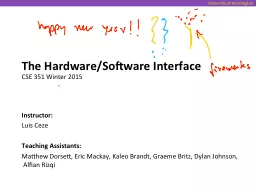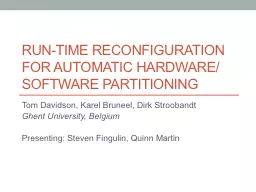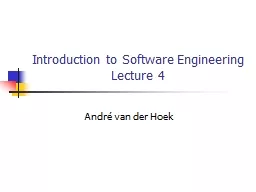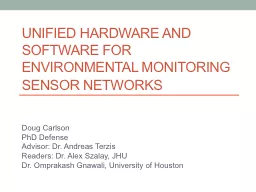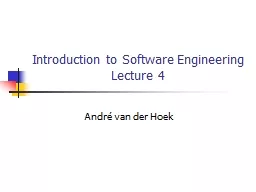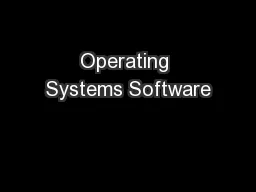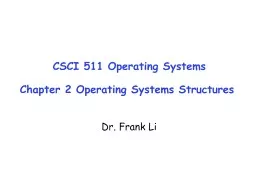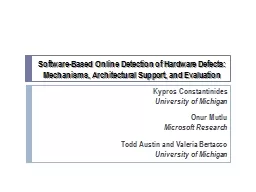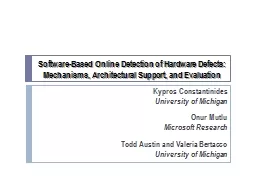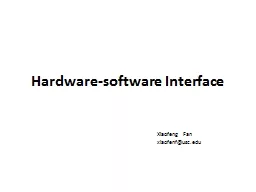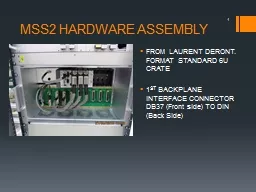PPT-The Hardware/Software Interface
Author : botgreat | Published Date : 2020-07-03
CSE 351 Winter 2015 Instructor Luis Ceze Teaching Assistants Matthew Dorsett Eric Mackay Kaleo Brandt Graeme Britz Dylan Johnson Alfian Rizqi Who is Luis
Presentation Embed Code
Download Presentation
Download Presentation The PPT/PDF document "The Hardware/Software Interface" is the property of its rightful owner. Permission is granted to download and print the materials on this website for personal, non-commercial use only, and to display it on your personal computer provided you do not modify the materials and that you retain all copyright notices contained in the materials. By downloading content from our website, you accept the terms of this agreement.
The Hardware/Software Interface: Transcript
Download Rules Of Document
"The Hardware/Software Interface"The content belongs to its owner. You may download and print it for personal use, without modification, and keep all copyright notices. By downloading, you agree to these terms.
Related Documents

